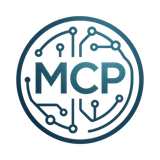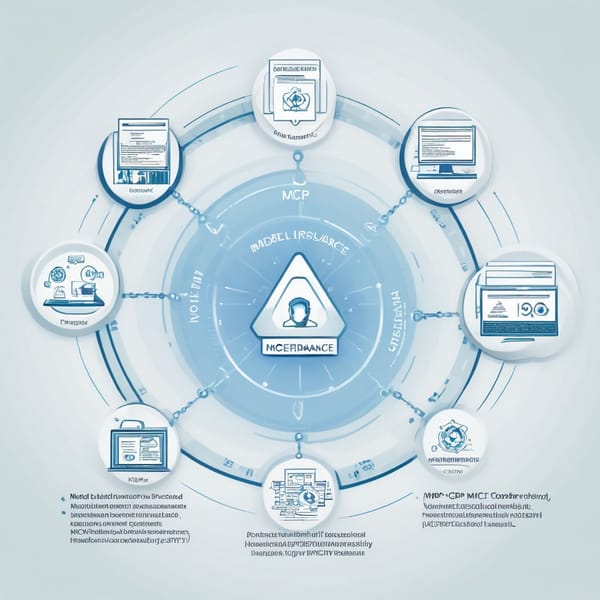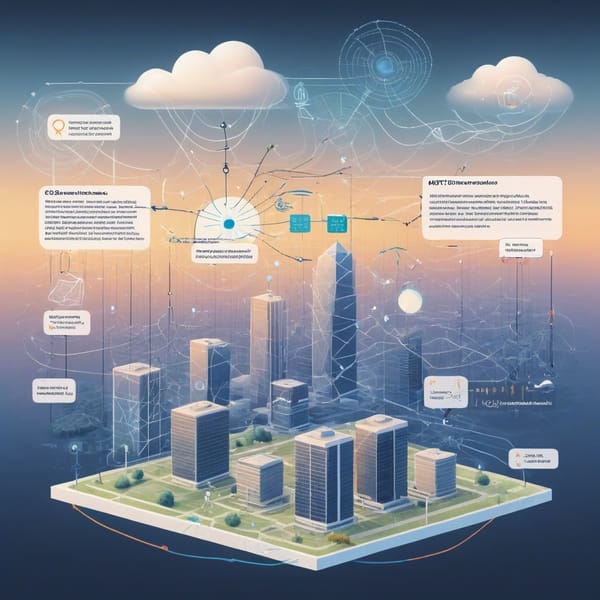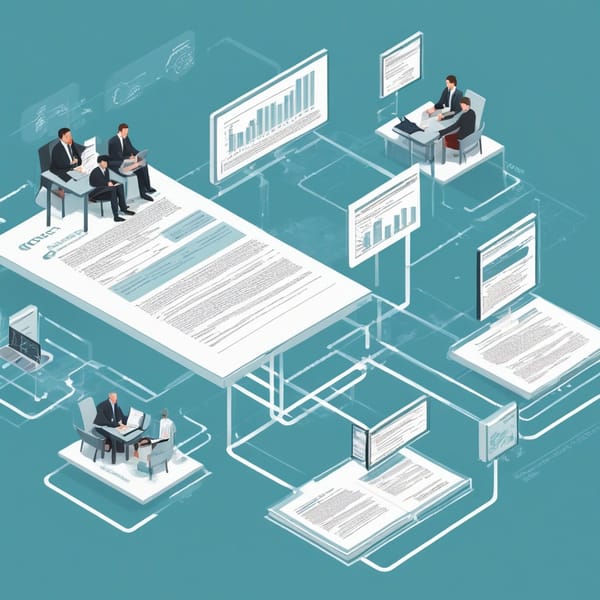Model Context Protocol (MCP) Insurance Solutions: Revolutionizing Risk Modeling with IoT and Weather APIs

Project Overview
The Model Context Protocol (MCP) Insurance Solutions project was designed to transform traditional risk assessment in the insurance industry by integrating IoT sensor data and weather API forecasting tools into a protocol-driven risk modeling framework. The goal was to enhance predictive accuracy, reduce claim fraud, and optimize premium pricing based on real-time environmental and asset conditions.
Insurance providers often rely on historical data and generalized risk models, leading to inefficiencies in underwriting and claims management. MCP Insurance Solutions addressed this gap by deploying a dynamic, data-driven risk assessment system that leverages IoT sensors (monitoring structural integrity, temperature, humidity, etc.) and weather forecasting APIs to provide context-aware insurance models.
This case study explores the challenges, solution, technology stack, and measurable outcomes of the project.
Challenges
- Static Risk Models: Traditional insurance models rely on outdated historical data, failing to account for real-time environmental changes.
- Fraud Detection Gaps: Manual claims assessment processes were prone to errors and fraudulent claims.
- Data Silos: IoT sensor data and weather forecasts were not integrated into a unified risk assessment system.
- Scalability Issues: Existing systems struggled to process large volumes of real-time sensor data efficiently.
- Regulatory Compliance: Ensuring data privacy (GDPR, HIPAA) while processing sensitive IoT and weather data was a key concern.
Solution
MCP Insurance Solutions introduced a protocol-driven risk modeling framework that combined:
- IoT Sensor Resource Servers: Deployed across insured properties (homes, commercial buildings, vehicles) to monitor real-time conditions (e.g., water leaks, fire hazards, structural stress).
- Weather API Forecasting Tools: Integrated with NOAA, Dark Sky, and OpenWeatherMap to predict environmental risks (floods, storms, extreme temperatures).
- Smart Contracts & Dynamic Premium Adjustments: Blockchain-based smart contracts automatically adjusted premiums based on risk exposure detected by IoT and weather data.
- AI-Powered Fraud Detection: Machine learning models analyzed claims against sensor data to flag inconsistencies.
Key Features
✔ Real-Time Risk Scoring – Continuous monitoring of asset conditions and weather patterns.
✔ Automated Underwriting – AI-driven premium adjustments based on live data.
✔ Predictive Claims Management – Early warnings for potential damage (e.g., flood alerts).
✔ Regulatory Compliance – Secure, anonymized data processing with audit trails.
Tech Stack
The project leveraged a modern, scalable architecture with the following technologies:
| Category | Technologies Used |
|---|---|
| IoT Infrastructure | AWS IoT Core, MQTT Protocol, Raspberry Pi Sensors |
| Weather Data Integration | NOAA API, OpenWeatherMap, Dark Sky (now Apple Weather) |
| Data Processing | Apache Kafka (real-time streaming), Apache Spark (batch analytics) |
| AI/ML Models | TensorFlow (anomaly detection), Scikit-learn (risk scoring) |
| Blockchain | Ethereum (smart contracts for dynamic premiums) |
| Cloud & Storage | AWS S3, Google Cloud BigQuery |
| Security & Compliance | OAuth 2.0, GDPR-compliant encryption |
Results
The implementation of MCP Insurance Solutions delivered quantifiable improvements in risk modeling and operational efficiency:
✅ 30% Reduction in Fraudulent Claims – AI cross-referencing sensor data with claims reduced false payouts.
✅ 20% More Accurate Premium Pricing – Dynamic adjustments based on real-time risk exposure.
✅ 50% Faster Claims Processing – Automated damage verification via IoT sensors.
✅ 15% Lower Operational Costs – Reduced manual underwriting and inspection workloads.
✅ Improved Customer Retention – Policyholders appreciated transparent, data-driven pricing.
Case Example: Flood Risk Mitigation
A pilot with a home insurance provider in a flood-prone region used MCP’s weather API integration to:
- Predict flood risks 72 hours in advance.
- Trigger automatic alerts to policyholders for preventive measures.
- Adjust premiums dynamically for high-risk zones, reducing losses by 25%.
Key Takeaways
- Real-Time Data is a Game-Changer – IoT and weather APIs enable proactive risk management.
- AI Enhances Fraud Detection – Machine learning minimizes false claims efficiently.
- Dynamic Pricing Boosts Fairness – Customers pay premiums aligned with actual risk.
- Scalable Architecture is Critical – Cloud-based IoT and streaming data pipelines ensure future growth.
- Regulatory Compliance Must Be Baked In – Secure, anonymized data handling builds trust.
Future Roadmap
- Expansion into auto insurance (telematics + weather risk modeling).
- Integration with smart city infrastructure for large-scale risk assessment.
- Enhanced predictive AI for long-term climate risk forecasting.
Conclusion
The Model Context Protocol (MCP) Insurance Solutions project demonstrates how IoT, weather APIs, and AI-driven analytics can revolutionize risk modeling. By shifting from static to dynamic, data-informed insurance models, insurers can reduce costs, improve accuracy, and enhance customer satisfaction.
For businesses exploring next-gen insurance tech, MCP’s protocol-driven approach offers a proven blueprint for success.
Would you like any modifications or additional details on specific sections?




